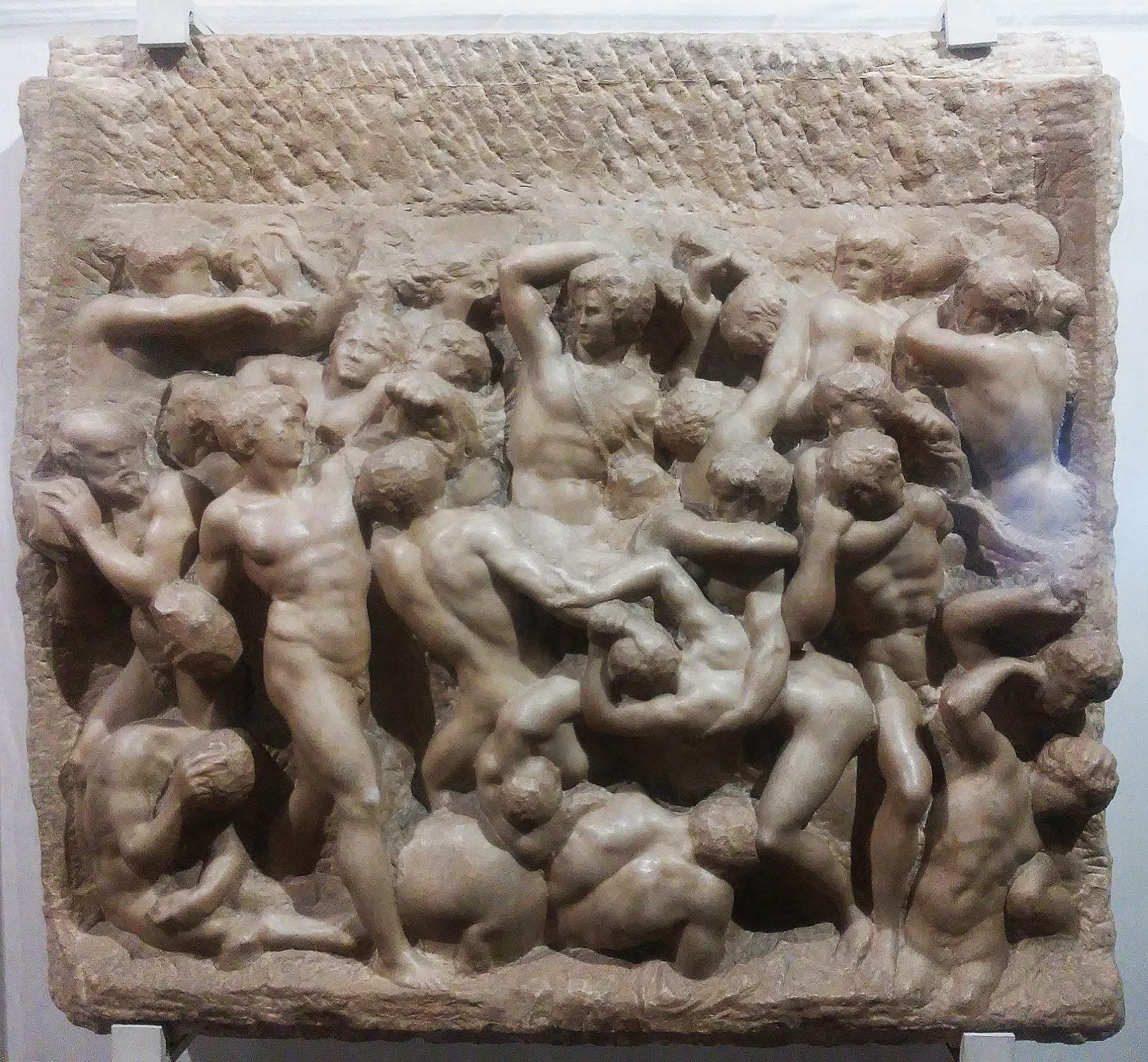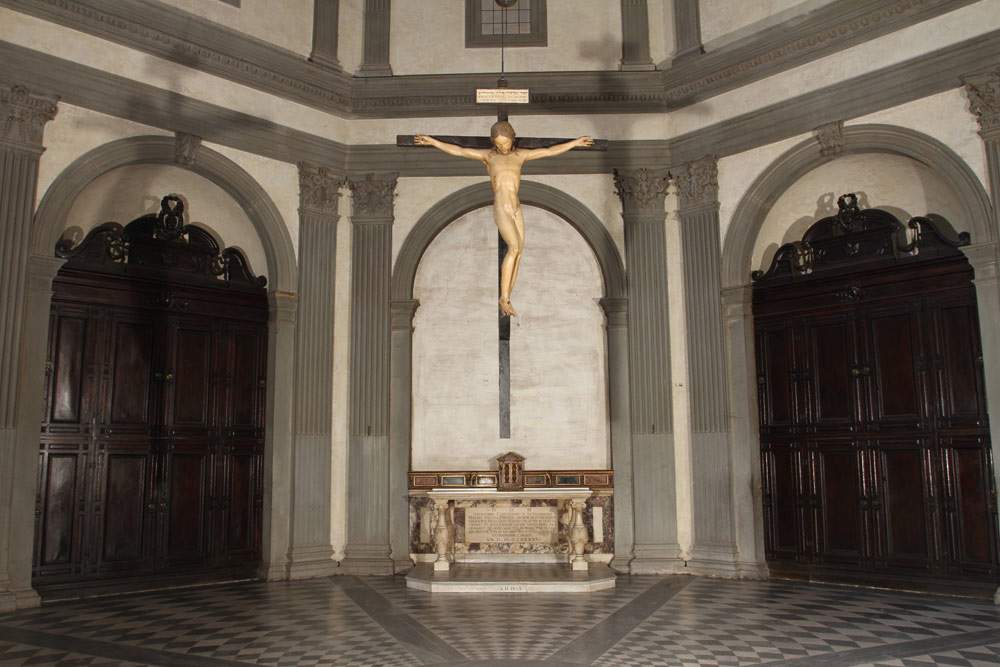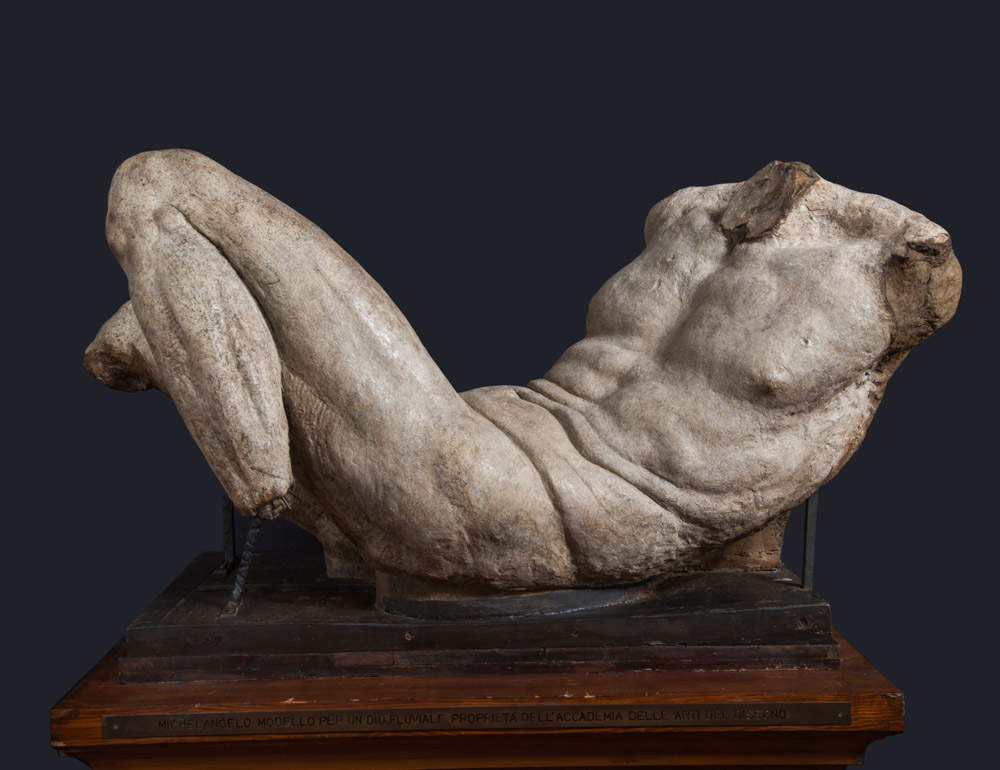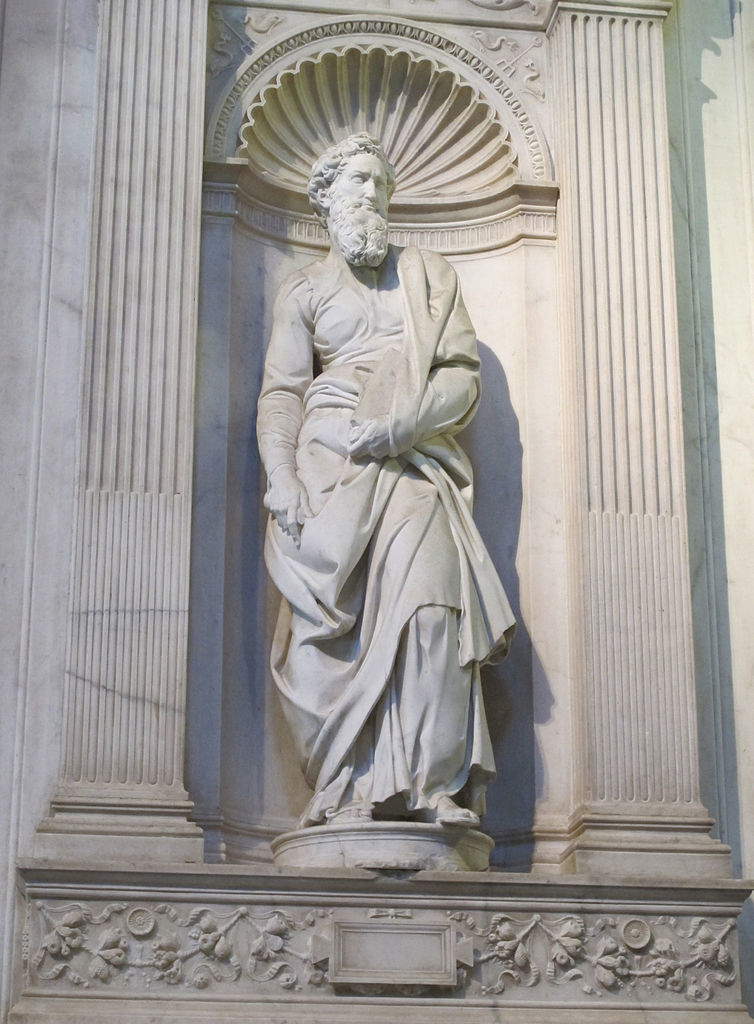Our new travel format Five Places in Two Days continues: after going to Mantua on the trail of Giulio Romano and to Parmigianino-cinque-luoghi-in-due-giorni-a-parma-e-dintorni' target='_blank'>Parma and its environs to discover the works of Parmigianino, today’s trip is to Tuscany to discover five places to see some lesser-known works by Michelangelo Buonarroti (Caprese, 1475 - Rome, 1564). Usually, in fact, the “Michelangelo-esque” tour of Florence includes three fixed stops, namely the Uffizi Gallery to admire the Tondo Doni(more on that here), the Accademia Gallery for the David and the Prisons, and the Bargello Museum to see masterpieces such as the Pitti Tondo or the Bacchus. These capital sites are usually joined by the New Sacristy to see the Medici tombs. But in the city and in the region there are also places less traveled by mass tourism where to see lesser-known masterpieces: of course, for those who have never been to Florence it is practically a must to start with the major works, but for those who have already been there and want to deepen their knowledge of Michelangelo, or for those who have more time to stay in Tuscany, there are some surprises that the great sculptor can reserve. Let’s see what they are.
1. Florence, Casa Buonarroti
The building on Via Ghibellina is the place of celebration of Michelangelo’s genius. Michelangelo also stayed in the house for some time, and the mansion was long owned by his descendants, including Michelangelo Buonarroti the younger, to whom we owe the elaboration of the complex iconographic program of the extraordinary Galleria, the most sumptuous room in the house, decorated with works by the greatest artists of the seventeenth century (from Artemisia Gentileschi to Matteo Rosselli, from Jacopo Chimenti to Francesco Furini). The Casa Buonarroti houses the world’s largest collection of Michelangelo’s drawings (the sheets are displayed in a special room, on a rotating basis), and the two youthful masterpieces, the first works created by a Michelangelo at about 15 years of age, are also kept here: these are the Madonna of the Staircase and the Battle of the Centaurs, which date from the time when the very young sculptor frequented the Giardino di San Marco, the court where Lorenzo de’ Medici welcomed young artists by putting part of the family’s collection of ancient statues at their disposal. We devoted a lengthy in-depth article on Finestre Sull’Arte to these two works. To visit Casa Buonarroti, check out the official website.
 |
| Michelangelo, Battle of the Centaurs (c. 1490-1492; marble, 80.5 x 88 cm; Florence, Casa Buonarroti, inv. 194) |
2. Florence, Basilica of Santo Spirito
After the fall of the Medici family and its patron Lorenzo the Magnificent, Michelangelo moved for a few months to the convent of Santo Spirito in the Oltrarno district of Florence: here, the great artist deepened his studies of anatomy by examining the bodies of deceased patients from the convent’s hospital. At the end of his stay, Michelangelo gave the prior, Niccolò di Lapo Bichiellini, a wooden crucifix, later passed into art history as the “Crucifix of Santo Spirito,” carved by the artist between 1493 and 1494. Recently restored, the Crucifix was placed a few years ago in a new location, in the center of the Sangallo sacristy, with renewed lighting. The Crucifix inaugurated a new season in Michelangelo’s art: the artist became more aware of his own means, creating a work with impeccable anatomies. The work was rediscovered in 1962: the wooden Crucifix, at the center of a debate over its authorship, was long exhibited at Casa Buonarroti, and since 2000 it has returned to the basilica of Santo Spirito, though no longer in its original location, renovated in the seventeenth century. To learn more visit the website of the Basilica of Santo Spirito.
 |
| Michelangelo, Crucifix of Santo Spirito (1493-1494; polychrome wood, 139 x 135 cm; Florence, Santo Spirito). Photo by Abino Todeschini. |
3. Florence, Academy of the Arts of Drawing
All those who visited the major exhibition on the Florentine Cinquecento at Palazzo Strozzi in 2017 were greeted by a little-known sculpture by Michelangelo, now housed at the Accademia delle Arti del Disegno: this is the River God, a model made of clay, earth, sand, plant and animal fibers, created on a wire core. Michelangelo executed it between 1526 and 1527 as a model for the sculptures that adorn the Medici tombs in the New Sacristy. It is the only large preparatory model for a sculpture that was to be placed, precisely, in the Sacristy. The River God, which had been in storage at Casa Buonarroti for several years, has been restored (the work was finished in the summer of 2017) and is part of the conspicuous collection of the Florentine academy, founded in 1563 (the statute was approved on January 13 of that year by Cosimo I de’ Medici) and thus in fact the oldest academy of fine arts in the world. The Palazzo dell’Arte dei Beccai, home of the academy, is not usually open to the public, but you can contact the academy at the references posted on the website to find out how to visit.
 |
| Michelangelo Buonarroti, River God (c. 1526-1527; Model in clay, earth, sand, plant and animal fibers, casein, on wire core; later interventions: plaster, iron mesh; 65 �? 140 �? 70 cm; Florence, Accademia delle Arti del Disegno) |
4. Florence, Palazzo Vecchio
The museum located in Florence’s city hall, in the former seat of the city’s administrative power, namely Palazzo Vecchio, also preserves a work by Michelangelo. It is the Genius of Victory, a work from about 1531-1534 (we do not know the exact date), however, referable to the design of the funeral monument of Pope Julius II, one of the greatest and longest undertakings of Michelangelo’s career. It is an unfinished statue that remained in the Florence studio after Michelangelo left the city for good in 1534. The artist’s nephew, Leonardo Buonarroti, first tried to sell it, then to have it placed on his uncle’s tomb, and finally, at Giorgio Vasari’s suggestion, he gave it to Cosimo I de’ Medici, and since then the Genio, except for a brief interlude between 1868 and 1921 (when it was transferred to the Bargello Museum), has always remained in the Palazzo Vecchio, for the vast majority of the time in the Salone dei Cinquecento, where it remains today. For information about Palazzo Vecchio visit the Florentine Civic Museums website.
 |
| Michelangelo Buonarroti, Genius of Victory (c. 1531-1534; marble, height 261 cm; Florence, Palazzo Vecchio, Salone dei Cinquecento). Ph. Credit Yair Haklai |
5. Siena, Duomo
Not everyone knows that some of Michelangelo’s masterpieces can also be admired in Siena. They can be found in the Duomo of Siena, to be exact in the Piccolomini Chapel, an unfinished work where, in addition to Michelangelo, two other important sculptors worked, namely Andrea Bregno (to whom we owe the large marble altar) and Pietro Torrigiani, who succeeded each other over a period of about twenty-five years (Michelangelo worked there roughly between 1501 and 1504). The chapel was commissioned by Francesco Todeschini Piccolomini (who later became Pope Pius III, in one of the shortest pontificates in history: from September 22 to October 18, 1503), who intended to raise the altar to the memory of his uncle, Aeneas Silvius Piccolomini, or Pope Pius II. Michelangelo made four statues for the niches: a St. Peter, a St. Augustine, a St. Paul and a St. Gregory. To visit Siena Cathedral, see the website of theOpera della Metropolitana di Siena.
 |
| Michelangelo Buonarroti, Saint Paul (c. 1501-1504; marble, height 127 cm; Siena, Cathedral, Piccolomini Chapel). Ph. Credit Francesco Bini |
 |
| Five places in Tuscany to see lesser-known works by Michelangelo in two days |
Warning: the translation into English of the original Italian article was created using automatic tools. We undertake to review all articles, but we do not guarantee the total absence of inaccuracies in the translation due to the program. You can find the original by clicking on the ITA button. If you find any mistake,please contact us.